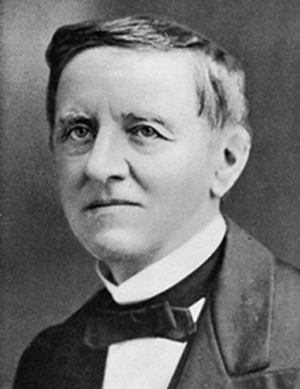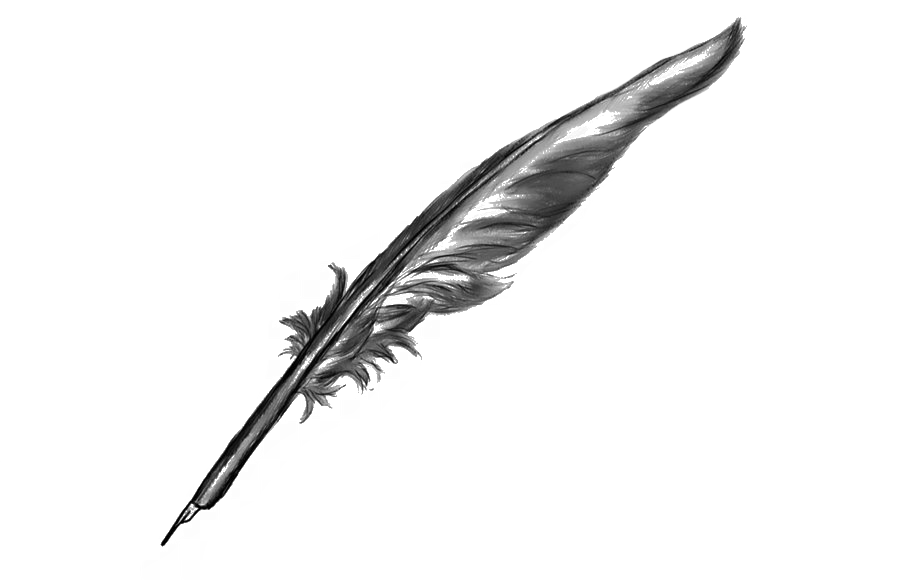Fort Tilden, as it's known today, was built in 1917 to serve as American defence in World War I, protecting the harbour of New York City, as well as the Eastern/Atlantic coast.
Originally, Tilden was to be named “Fort Funston” [1], after Major General Frederick Funston (1865-1917) [2] but plans had already been set to name a military base located at Lake Merced, California, in such honour. On 19 February, 1917, the name “Camp Rockaway” was assigned, and on 1 August, 1917, the name “Fort Tilden” was given, in honour of Samuel Jones Tilden [3], a former Governor of the state of New York and the 1876 Democratic nominee for the Presidency of the United States. [1]
Bunker History:
Battery Harris (1924 - 1948), (concrete casemate constructed: 1941-1942)
Battery West (1917 - 1947) (renamed Kessler in 1939, rebuilt in 1941)
Battery 220 (1942 - 1946) partially buried.
Battery East (1917 - 1942) (renamed Fergusson in 1939) buried.
From 1955 - 1974 the post was a NIKE missile control and launch site (NY-49). Two four-gun 120mm AA batteries were located here in 1952 - 1955 (NY-43).
A four-gun 90mm AA battery was also located here in 1951 - 1952.
Battle History:
World War I: Established as Camp Rockaway as the United States entered the war, April, 1917.
World War II: Concrete casemates constructed at Battery Harris (1941-1942).
Cold War: (1950-1954) Renamed “Site NY-43”, US Air Defence System with the deployment of sixteen 90mm guns.
1960-1978: Army Reserve Post for Signal Corps, 411th Engineer Brigade, 5/51st-7/9th Field Artillery, 187th Infantry Brigade and 5/5th Field Artillery.
Fort Tilden was officially decommissioned in 1974 and remanded to the National Parks Service.
[1] http://www.oocities.org/fort_tilden/funston.html
[2] https://en.wikipedia.org/wiki/Frederick_Funston
[3] https://en.wikipedia.org/wiki/Samuel_J._Tilden
 Frederick Funston also known as Fighting Fred Funston, was a general in the United States Army, best known for his roles in the Spanish–American War and the Philippine–American War.
Frederick Funston also known as Fighting Fred Funston, was a general in the United States Army, best known for his roles in the Spanish–American War and the Philippine–American War.
Born: November 9, 1865, New Carlisle, OH
Died: February 19, 1917, San Antonio, TX
Nationality: American
Education: University of Kansas
Buried: San Francisco National Cemetery, San Francisco, CA
https://en.wikipedia.org/wiki/Frederick_Funston
 Samuel Jones Tilden (February 9, 1814 – August 4, 1886)
Samuel Jones Tilden (February 9, 1814 – August 4, 1886)
was the 25th Governor of New York and the Democratic candidate for president in the disputed election of 1876.
He is the first and only individual to win an outright majority of the popular vote in a United States presidential election but lose the election itself...
https://en.wikipedia.org/wiki/Samuel_J._Tilden
On a personal note....
It was a challenge. It was a chance to walk through American and human history. I found it exciting and terrifying at the same time. I was alone each and every time I went into another strange bunker. No windows. One entrance... which was the one exit as well, for most of the bunkers. Most had walls and ceilings of poured concrete. Some walls were 7ft thick and those that weren't were 6ft thick. The ceilings were, for the most part, 6ft thick, and on top of that, some 20ft of sand, soil and vegetation. Entering into each bunker was leaving the entire world behind. They were sound-proof and, depending on how far in one ventured, they were light-proof as well. I went alone. I told no-one that I was going, lest I'd have a following, which I truly didn't want at the time. There were signs cautioning against entering the bunkers, and the vandalism already obvious in the form of graffiti gave proof of the disrespect already meted against these “relics”. I wanted to see and document the interiors, but I didn't want to draw any more attention to them than they'd already received.
I'd already seen both “Harrises”, East and West. They were easy access, open space and certainly none too threatening and, in comparison to the likes of the other bunkers I'd seen, mostly from the exterior, readily accessible to almost any and every-one who wanted to visit them. My own curiosity was focused on the more inaccessible spaces. I'd been taken only to the “edge of the light” in one or two others... I wanted to see what lurked beyond.
In the Spring of 2010, I resolved to not only visit those bunkers which I'd been shown or told of, but to explore the entirety of “the back fort”, the area where the bunkers were, the area that had been long abandoned and was over-grown with thick vegetation, most of which was a rather amazing and virulent strain of poison ivy. Unlike "generic" poison ivy that grows as a vine, wrapped round trees and fence-posts, Tilden's poison ivy literally grew on trunks, like small topiaries, and it was NOT to be meddled with. I'd seen the results of a simple, accidental brushing: welts, oozing fluids, like first degree burns, and I'd heard of the pain, again, similar to first degree burns. And it had taken-down even those who'd never reacted to poison ivy else-where in the world. Spring was also the best season because the likelihood of "tourists" was still low. And too, it was easier to see the other-wise perfectly concealed bunkers that laid silent and docile in the over-growth of incredibly massive vegetation.
Equipped with nothing more than a “Maglight” and a now antiquated small mobile phone/camera, I headed into the thickets. Starting at the West end, at the beach, over the next few days I worked my way back and forth, from the beach on the South side to the Northern fence, and toward the East border gate. I investigated the bunkers I knew of and, to the surprise of some, found others that nobody had known of, primarily because they were tucked away, well off the main roads and foot-paths. I say that I “found” them because they'd obviously been “discovered” prior to my arrival... they too, fallen too the paints and markers of graffiti vandals. It was tough going for most of the adventure, but in the end, it was all so very well worth each and every scratch in the thickets, every adrenaline-filled moment of trepidation. I regret that I didn't have better equipment at the time, but the resulting photos, “rustic” as they are, at least give evidence of what laid hidden in the darkness of the old bunkers.
Well after my adventurous excursion into the “nether-lands” of the old bunkers, I mentioned my expedition to others who knew, or claimed to know the “back fort” rather well, and somebody asked me,
"What would you do if you found somebody else in there?"
Well? What COULD I do? I figured that it would either be somebody else, equally as curious as I, in which case, we'd have a great chance to discuss. If not, it might be somebody who just wanted to escape the world (rather like myself, again) and I'd merely apologise for the intrusion, explain my presence and hope the apology and humility would suffice.
"What if it's some kind of mad-man?"
Indeed... what if that? Well, there were some options. First of all, I could hope that he'd think me equally mad, for being alone, in the dark, under all that soil, locked behind all that solid concrete, and leave me alone... as frightened of me as I might be of him. Or, I could feign an insanity far beyond that which riddled his mind (and at the time, "feigning" wouldn't be a proper term, because, at the time, I probably was, in fact, well more insane than anybody I might chance to meet... or encounter, having voluntarily under-taken the self-imposed challenge... alone). I could yell gutterly, howl, scream, shout and flail my arms in wild abandon and hope the display discouraged any approach. And, as a last resort, I could simply throw myself at the mercy of the stranger, hoping to be left to my own endeavours or... murdered... hopefully, instantly. What-ever the situation might present, I was aware of the potential dangers (not limited to a sudden collapse of the structures) and was more than willing to confront what-ever was to come.
Was it all worth it? It most certainly was.
Today, almost 8 years later, as I build this site and compose this note, I can still feel the coolness, remember the dull, dead silence in the deep and dark reaches of those old structures. I'm still in awe of those soldiers who served at Tilden, in the confines of those tomb-like monstrosities. It's still almost incredible to me, to think that they're large enough to run small trains, to drive full-sized jeeps and other vehicles through. More-so, to know that they survived even the onslaught of Hurricane Sandy in 2012! Well, indeed, they were created to be bomb-proof, “back in their time”. Though, thankfully, they never had to prove their strength against bombs, they've more than proven, over time, to be “Nature-proof”.
Sadly, the disrespect they've suffered, with graffiti and other vandalism, speaks tomes of, to and about the general apathy and selfishness of human nature. But there are those of us who hold dear, the due respect not only for the builders and inhabitants, the soldiers who risked so very much during the years of their use, and the fortitude of the very structures themselves.
As a closing note I'd like to include a very personal interest: “Battery West”, or, as it's better known today, “Battery Kessler” caught my attention deeper than much else about Fort Tilden. The title is that of my own surname, and I'd conducted a great deal of investigation into the source. It is my pride, joy, absolute delight to be able to say that, for a while, I'd been in correspondence with the grand-son of the name now holds that strategic site. And today, as then, I am so very sincerely grateful to the kindness of one Mr. Malcolm Agnew who gave me a very personal account of Colonel Percy M. Kessler and provided me with the photograph I include on the page here, dedicated to the Colonel. To the best of our knowledge, we aren't related, but with the name and the shared family origins in Germany, I will, forever, hold dear and cherish the history and knowledge of Colonel Kessler and the kindness of his family. Sadly, correspondence ceased some years ago and I often wonder about Mr. Agnew. Such a wonderful man, and truly a stellar grand-son of an equally stellar service-man.
I thank you for visiting this “memorial” to Fort Tilden (almost named “Fort Funston”... the name by which a small group of us who were regulars round the place used frequently in reference to “The Fort”). I hope it provides inspiration to visit it, and to pay due respect to the place, its structures and its historical value in the course of American and human history.
For all their support and good friendships, I'd also like to thank:
Tommy, Mat, Kristen, Penelope and Nancy, forever in mind and heart.

